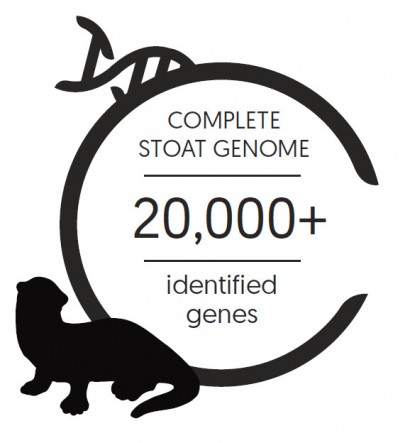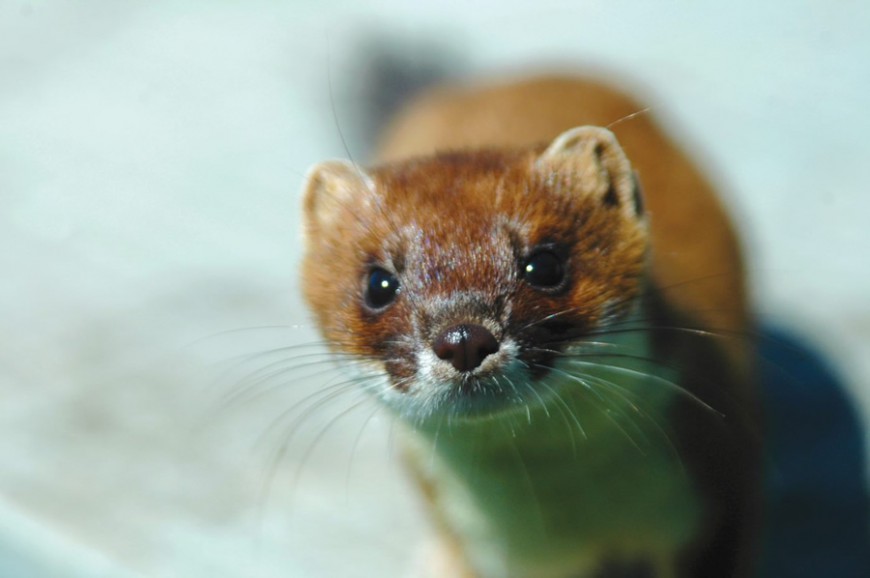Most-wanted predator’s DNA sequenced
 The genome sequencing of the stoat was led by Dr Andrew Veale at Manaaki Whenua. The project was co-funded by New Zealand’s Biological Heritage Science Challenge and by Predator Free 2050 as part of its Science Strategy, and involved collaboration with scientists from the Vertebrate Genome Project based at The Rockefeller Institute and the Wellcome Sanger Institute.
The genome sequencing of the stoat was led by Dr Andrew Veale at Manaaki Whenua. The project was co-funded by New Zealand’s Biological Heritage Science Challenge and by Predator Free 2050 as part of its Science Strategy, and involved collaboration with scientists from the Vertebrate Genome Project based at The Rockefeller Institute and the Wellcome Sanger Institute.
The assembled stoat genome is over 2.4 billion DNA bases long, with over 20,000 identified protein-coding genes. This new genome is one of the highest-quality vertebrate genomes ever produced, with nearly gapless complete chromosomes assembled and annotated.
The underpinning data provided by the genome will be invaluable in helping to achieve predator-free status for New Zealand; for example, by enabling the development of stoat-specific toxins.


